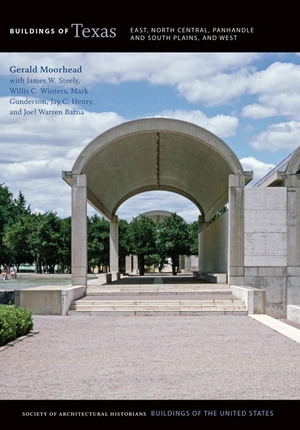
The house called Brambletye is a nineteenth-century stone farmhouse built by William Hall (1833–1900), a well-to-do English immigrant who practiced architecture in England between 1858 and 1863 and who settled in Junction in 1888. The house has a central three-story section with a tall pyramidal roof and two stone chimneys that rise between gable-roofed two-story wings. The load-bearing walls are built of cream-colored ashlar limestone with window sills and lintels of limestone. A stone-paved, shed-roofed porch is attached to the front, covering the central doors and two windows on each side. At the rear is a board-and-batten addition. While much of central Texas was settled by German immigrants (their building practices are still strongly in evidence), Kimble County fostered a small English community, of which Brambletye is the sole architectural remnant. Its name comes from a novel by English author Horace Smith.

